Rising Geriatric Population
The demographic shift towards an aging population in China is a significant driver for the immunosuppressive drugs market. As the elderly population grows, the prevalence of age-related diseases, including autoimmune disorders and organ transplant needs, is likely to increase. By 2030, it is estimated that over 300 million individuals in China will be aged 60 and above, creating a substantial demand for immunosuppressive therapies. This demographic trend necessitates the development of tailored treatment options to address the unique health challenges faced by older adults. Consequently, the immunosuppressive drugs market is expected to expand as healthcare providers focus on meeting the needs of this growing patient demographic, ensuring that effective immunosuppressive therapies are available to manage their health conditions.
Enhanced Regulatory Framework
The evolving regulatory landscape in China is fostering growth in the immunosuppressive drugs market. Recent reforms aimed at streamlining the approval process for new medications have made it easier for pharmaceutical companies to bring innovative therapies to market. The National Medical Products Administration (NMPA) has implemented measures to expedite the review and approval of immunosuppressive drugs, thereby encouraging research and development in this area. This supportive regulatory environment not only facilitates the introduction of new treatments but also enhances competition among manufacturers, potentially leading to lower prices and improved access for patients. As a result, the immunosuppressive drugs market is likely to thrive, driven by a regulatory framework that promotes innovation and expedites the availability of essential therapies.
Increasing Healthcare Expenditure
China's rising healthcare expenditure is a crucial factor propelling the immunosuppressive drugs market. The government has been investing heavily in healthcare infrastructure and services, aiming to improve access to medical treatments for its population. In recent years, healthcare spending has increased significantly, with projections indicating a growth rate of approximately 10% annually. This financial commitment allows for better access to advanced therapies, including immunosuppressive drugs, which are essential for managing various medical conditions. As healthcare budgets expand, hospitals and clinics are more likely to stock and prescribe these medications, thereby driving market growth. The immunosuppressive drugs market stands to benefit from this trend, as increased funding translates into greater availability and utilization of these critical therapies.
Advancements in Pharmaceutical Technology
Technological innovations in the pharmaceutical sector are significantly influencing the immunosuppressive drugs market. The development of novel drug delivery systems and biologics has enhanced the efficacy and safety profiles of immunosuppressive agents. For instance, advancements in nanotechnology and targeted therapies are enabling more precise treatment options, which may lead to improved patient outcomes. In China, the integration of artificial intelligence in drug development processes is streamlining research and reducing time-to-market for new therapies. This technological progress not only fosters the introduction of innovative immunosuppressive drugs but also attracts investment into the market. As a result, the immunosuppressive drugs market is poised for growth, driven by the continuous evolution of pharmaceutical technologies that enhance drug effectiveness and patient compliance.
Growing Prevalence of Autoimmune Diseases
The rising incidence of autoimmune diseases in China is a primary driver for the immunosuppressive drugs market. Conditions such as rheumatoid arthritis, lupus, and multiple sclerosis are becoming increasingly common, affecting millions of individuals. According to recent health statistics, autoimmune diseases account for a significant portion of chronic illnesses in the country. This growing patient population necessitates the development and availability of effective immunosuppressive therapies. As healthcare providers seek to manage these conditions, the demand for immunosuppressive drugs is expected to rise. Furthermore, the increasing awareness and diagnosis of these diseases contribute to the market's expansion, as more patients seek treatment options. Consequently, the immunosuppressive drugs market is likely to experience substantial growth driven by the need to address the healthcare challenges posed by autoimmune disorders.


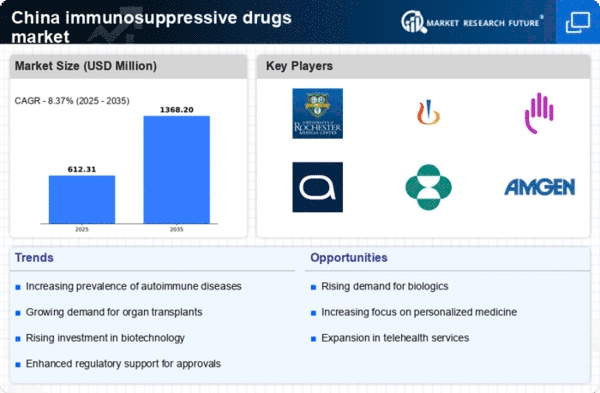
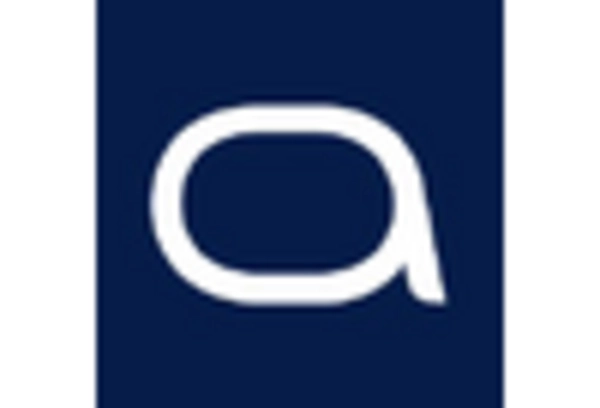
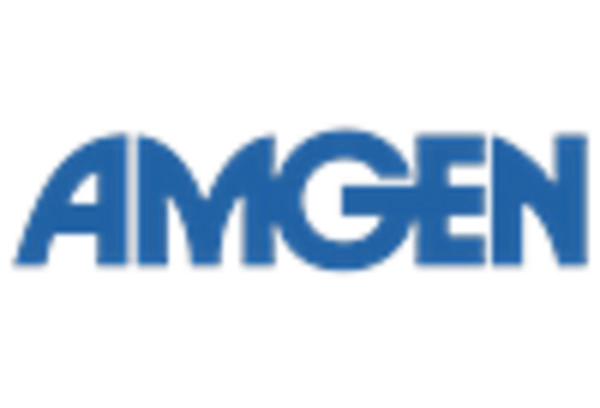
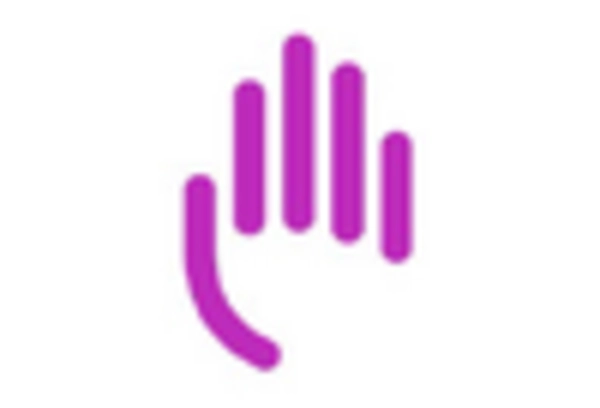
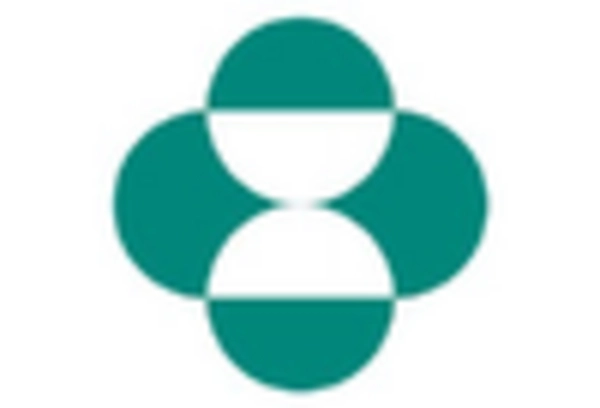
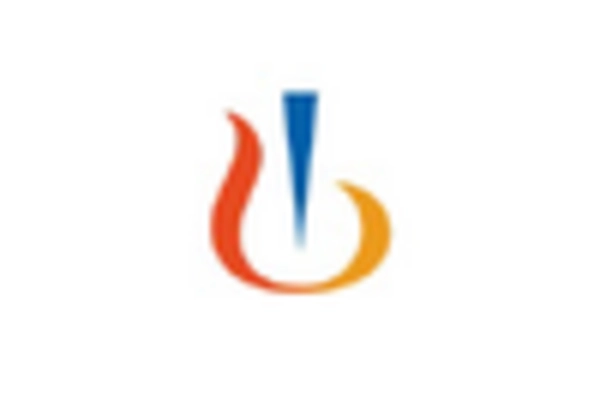









Leave a Comment